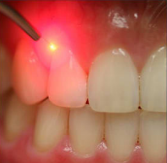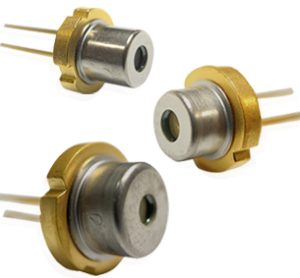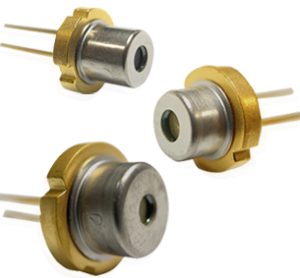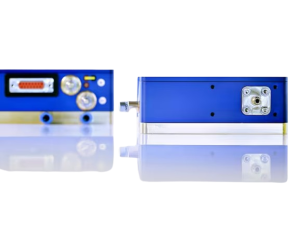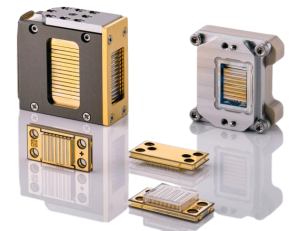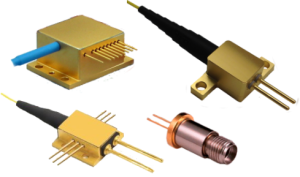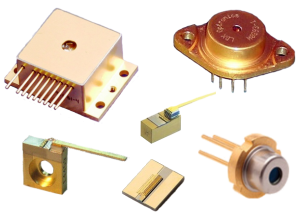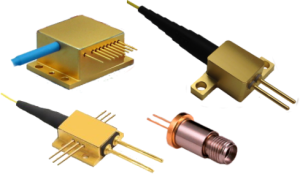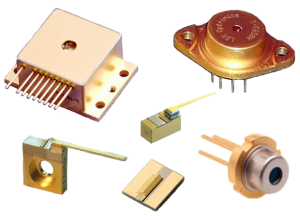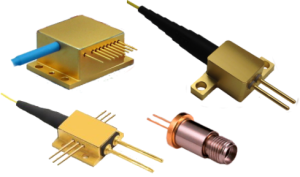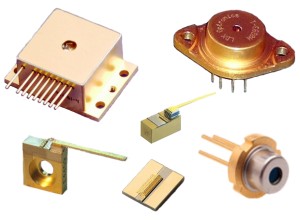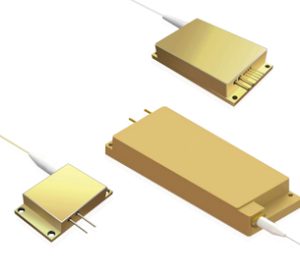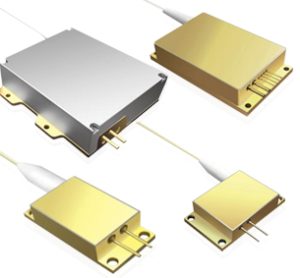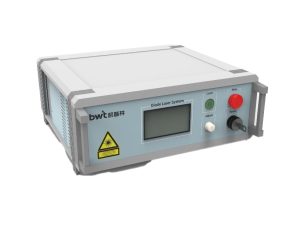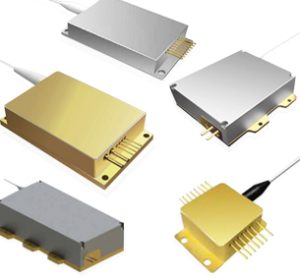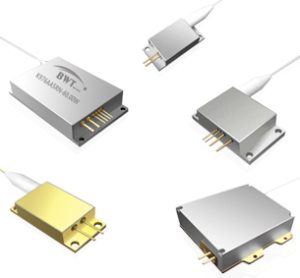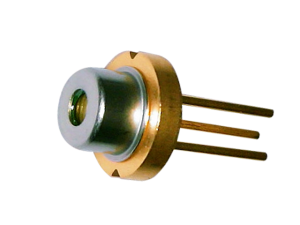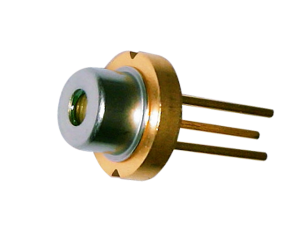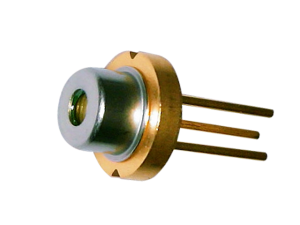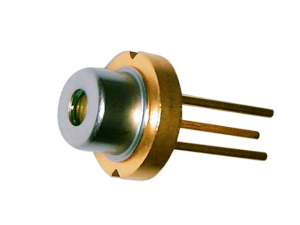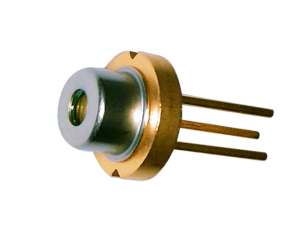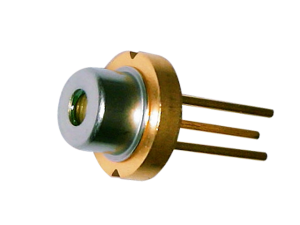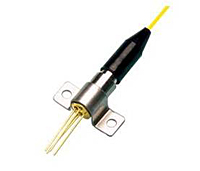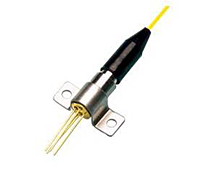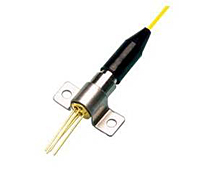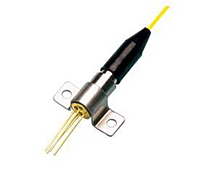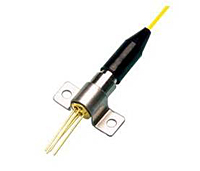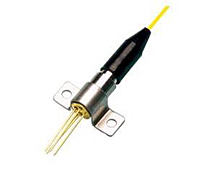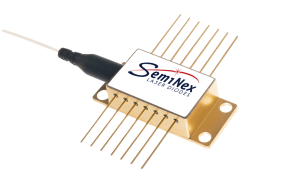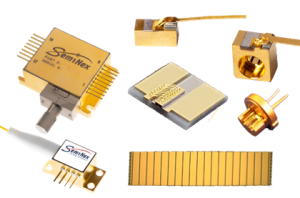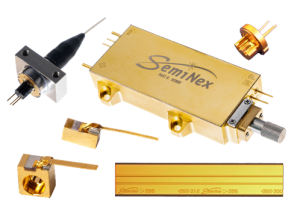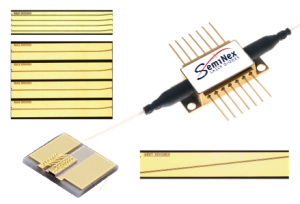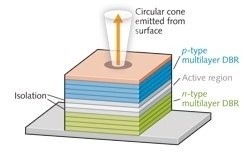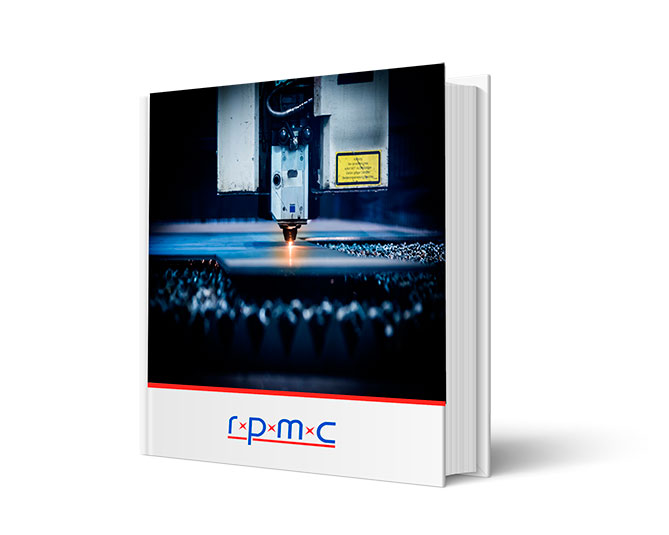Dental Lasers:
High-Quality Diode Solutions for Precision Dental Care & Advanced Treatments
-
-
-
-
- Versatile Laser Diodes & Wavelengths for Comprehensive Dental Applications
-
-
-
-
-
-
-
- Precision & Control for Soft Tissue Surgery and Periodontal Treatment
-
-
-
-
-
-
-
- Customizable Platforms for Enhanced Dental Solutions
-
-
-
Why Choose a Dental Laser?
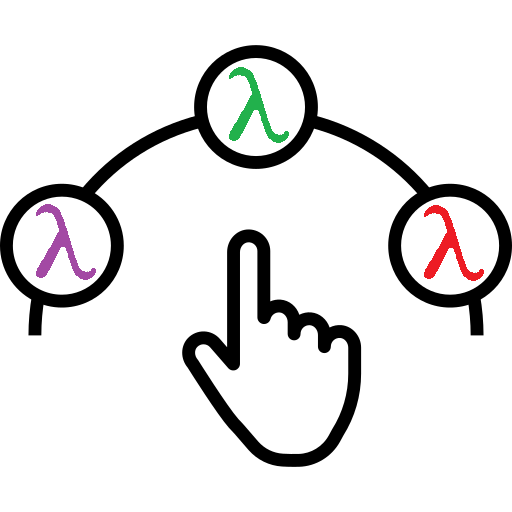
Versatile Laser Diodes & Wavelengths for Comprehensive Dental Applications
-
- Free-space & fiber-coupled options in single-mode and multimode configurations
- Single-emitter, array (bar), and laser diode stack options for flexible power and beam control
- Available in UV to SWIR wavelengths, supporting various soft tissue & dental procedures

Precision & Control for Soft Tissue Surgery and Periodontal Treatment
-
- 810-1064nm for soft tissue surgery & periodontal treatments with effective targeting of bacteria
- High water/hemoglobin absorption > precise cutting/coagulation > promotes minimally invasive healing
- Reliable, field-proven diodes ensure consistent performance & patient safety

Customizable Platforms for Enhanced Dental Solutions
-
- Scalable solutions: components to OEM modules to turnkey – High-volume production capabilities
- Blue & UV lasers for rapid curing & effective teeth whitening, providing enhanced control & faster results
- User-friendly integration with dental equipment, tailored for specialized needs in clinical settings
Over the last 30 years, RPMC has fielded thousands of dental lasers, built to endure the toughest conditions, delivering reliable performance from the shop floor to outdoor environments. Designed to withstand humidity, heat, dust, and vibration, these lasers provide consistent output with low maintenance, ensuring your operations run smoothly. With a versatile range of power, energy, and wavelength options, our lasers can be tailored to meet the specific demands of your application, from precision tasks to high-power throughput. We’re not just providing a product—we’re partnering with you to find the perfect solution and support you through every stage of your project, dedicated to helping you achieve long-term success.

 SHIPS TODAY
SHIPS TODAY 